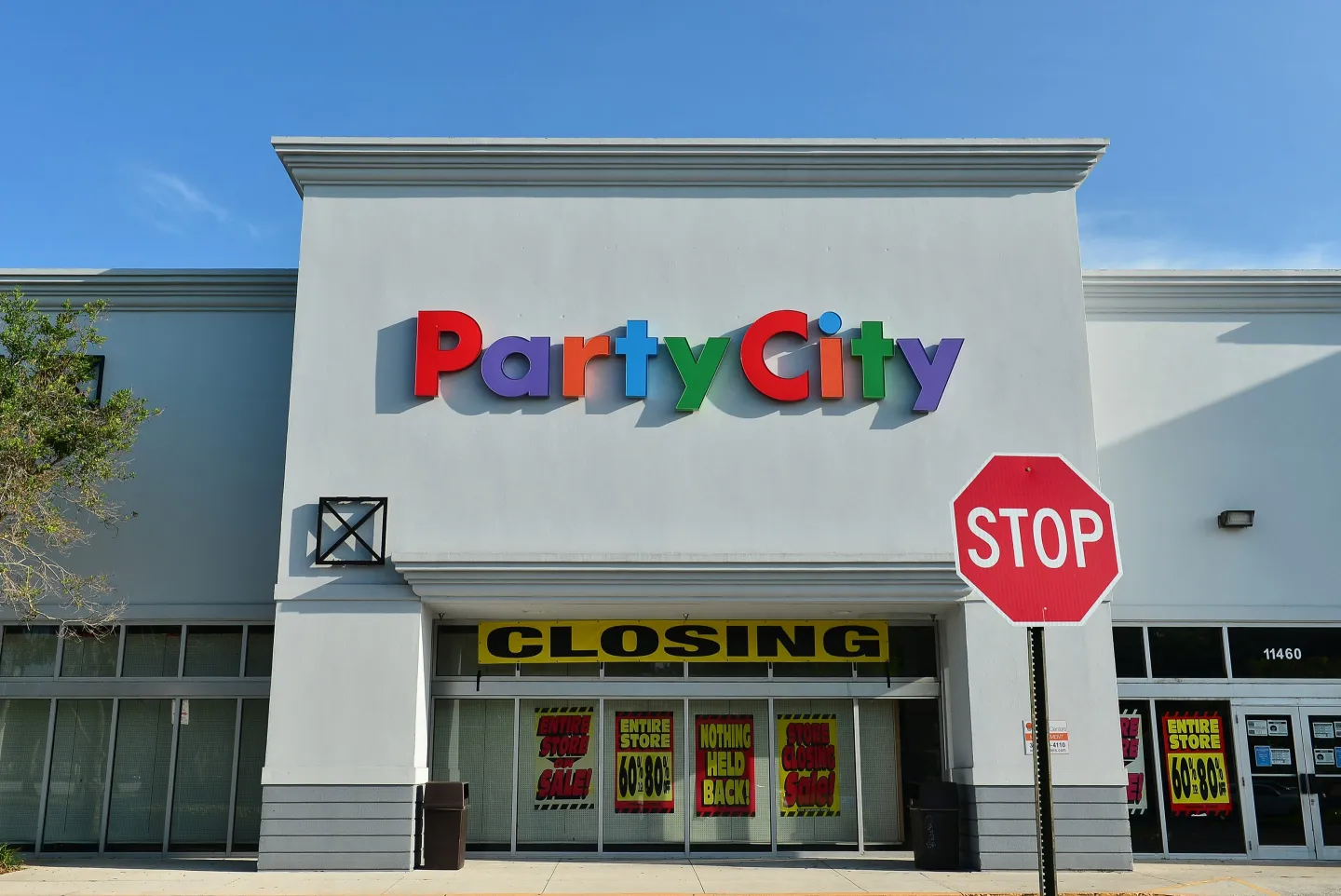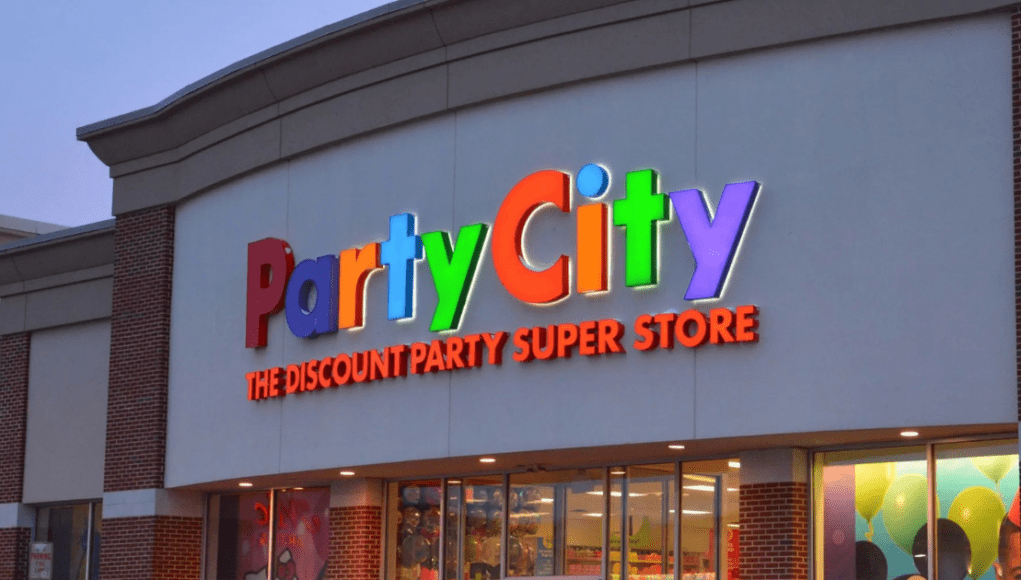Party City, a popular retailer that specializes in party supplies, costumes and decorations, has struggled during the last several years.
What Is the Reason for the Closure of Party City Stores?
Here’s an in-depth look at the major factors behind Party City and other brick-and-mortar retailers having to close stores and downsize.

Worries about finances and debts
Financial trouble, specifically debt, is the central reason for the closures of Party City locations.
Party City has struggled under a heavy debt load for years, which has disabled its ability to invest in growth and innovation.
The company’s debt load became especially problematic after it made a series of attempts to expand, leaving it in a position where it could not keep its financial house in order.
Besides its debt, Party City had been struggling with sales, particularly in its main lines of business. This has hampered the company’s ability to meet its operating expenses and interest payments.
“Therefor had to shut some stores down to cut expenses to zero and focus on most profitable stores.
Change in Shopping Behaviour of Consumers
The other main reason another store is closing is the way people shop these days. Over the past couple of decades, there has been a huge shift towards online shopping which has hindered many brick-and-mortar stores across America and Party City appears to be joining in as well.
Shoppers have increasingly resorted to online for their party needs, decorations, costumes, etc.
While some brick-and-mortar stores are great, online retailers allow customers to browse from the comfort of home, often managing prices and delivery better.
The party supply chain Party City has also seen the decline of foot traffic prompting them to rethink their strategy and close many unprofitable locations.
Emergence of Competition from E-commerce and Discount Outlets
It is not just traditional brick-and-mortar retailers that threaten Party City — the company is facing competition from e-commerce and discount stores.
For example, you can order your party supplies from online marketplaces like Amazon, which provide a variety of items at potentially lower prices and can ship them directly to your home. Consumers are more likely to do their shopping online for their party needs now instead of visiting a store in person.
Also, discount retailers like Walmart and Target have increasingly offered more party supplies, making it harder for Party City to compete.
Those bigger retailers often have lower prices and more convenient locations, and that has cost Party City market share.
The COVID-19 Pandemic and Its Impact
Retail companies around the world were deeply affected by the COVID-19 pandemic, and Party City was no different.
In 2020, many Party City stores were closed temporarily when social distancing measures and lockdown-mandates were widespread during peak pandemic time.
With restrictions on large gatherings and celebrations, demand for the kind of party supplies, decorations and costumes for which the major holidays were once associated shrank.
But even as restrictions eased, pandemic hangover dented consumer behavior. People were timid about resuming in-person shopping, and many discovered that they could meet their party-supply needs online.
This change in consumer spending exacerbated challenges already facing Party City, resulting in yet more store closures.
Fall in Demand for Seasonal Goods
The company has traditionally depended on sales of seasonal items like Halloween costumes and decor as a big money maker.
But consumer interest in some seasonal products, specifically Halloween, has gone up and down in recent years. This decrease in consumer demand for items typically bought in the fall has weighed on Party City’s sales and profits.
The company also struggled with efficient inventory management and demand forecasting.
Ordering too many seasonal items that don’t move can lead to excess inventory that ties up valuable resources and costs.
These habits have created headwinds for Party City to drive steady store sales, leading to the closure of less successful locations.
Cost of Running Physical Locations
Operating stores is expensive, and Party City’s dependence on its brick-and-mortar locations has become steadily more untenable.
Over the years, the costs associated with renting retail space, paying employees and maintaining inventory all increased.
As more consumers move to online shopping, that has meant fewer needs for large numbers of physical stores.
Party City has also been forced to shutter some of its underperforming locations in an effort to cut costs and boost profitability.
This has been part of a widespread stripping down in the retail world, in which many companies are shrinking their brick-and-mortar store weeks and emphasizing their online channels.

The problems of the Retail Industry
The larger retail sector has struggled in recent years with the rise of e-commerce and shifting consumer preferences.
The pace of change in the industry has proved challenging for many traditional retailers like Party City.
Now they expect retailers to have front-facing stores on the web as well as IRL, swift delivery and the flexibility to respond to shifting preferences.
The Party City bankruptcy reflects the chain’s inability to fully embrace e-commerce and change its business model in the face of those challenges.
The company was forced to shutter stores and to refocus its efforts on more profitable sectors of its business as a result.
Changes In Strategy And Adjustments
While Party City is struggling, it has been taking action to adjust to the changing landscape. It has been spending to improve its online business and provide more convenient shopping options like curbside pickup and delivery services.
It has also tried to find ways that can help lowering costs and streamline its operations to make them more efficient.
At the same time, and so, Party City has been concentrating its efforts on its areas of core strength like seasonal and party products, while de-emphasizing other less profitable ranges.
As part of this, the company is focusing on enhancing the customer experience through greater personalization and wider product choice to meet shifting consumer preferences.
The Future of Party City
Party City has had some pretty big struggles lately, but it doesn’t mean the end for the company.
Its dedication to seasonal products and themed decorations keeps the brand alive in the party supply market, with a niche appeal.
Party City will need to continue to evolve its business model and adapt to the growing demand for online shopping and convenience in order to remain relevant.
In addition, the chain will also have to work to improve its customer experience, in the store and online, to keep loyal customers and draw in new ones.
Party City conclusie, however, keeps store closures prospect in the future, but also find something interesting like whether or not to expand its online business, offering products are exclusive, such as cooperation with other retailers and retail for parties to do. Its success will hinge on its ability to meet changing consumer demands and embrace innovation in retail.
Conclusion
Party City stores are closing for a variety of reasons, including financial difficulties, changing buying habits, high competition, and the COVID-19 pandemic.
These challenges forced the company to scale back its operations but wouldn’t mark an end for the brand. And by continuing to adjust to the changing retail world and double-down on the things it does well, Party City might just be able to recover and prosper moving forward.

Shweta is a passionate writer and creative thinker dedicated to sharing knowledge and inspiring readers through engaging content. With a keen eye for detail and a love for storytelling, Shweta crafts articles that inform, educate, and entertain. You’ll find her exploring new ideas, reading, or pursuing her other creative interests when she’s not writing. Stay tuned for more insights and inspiration from Shweta!








